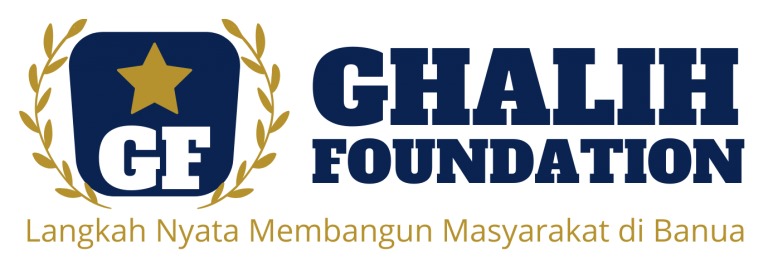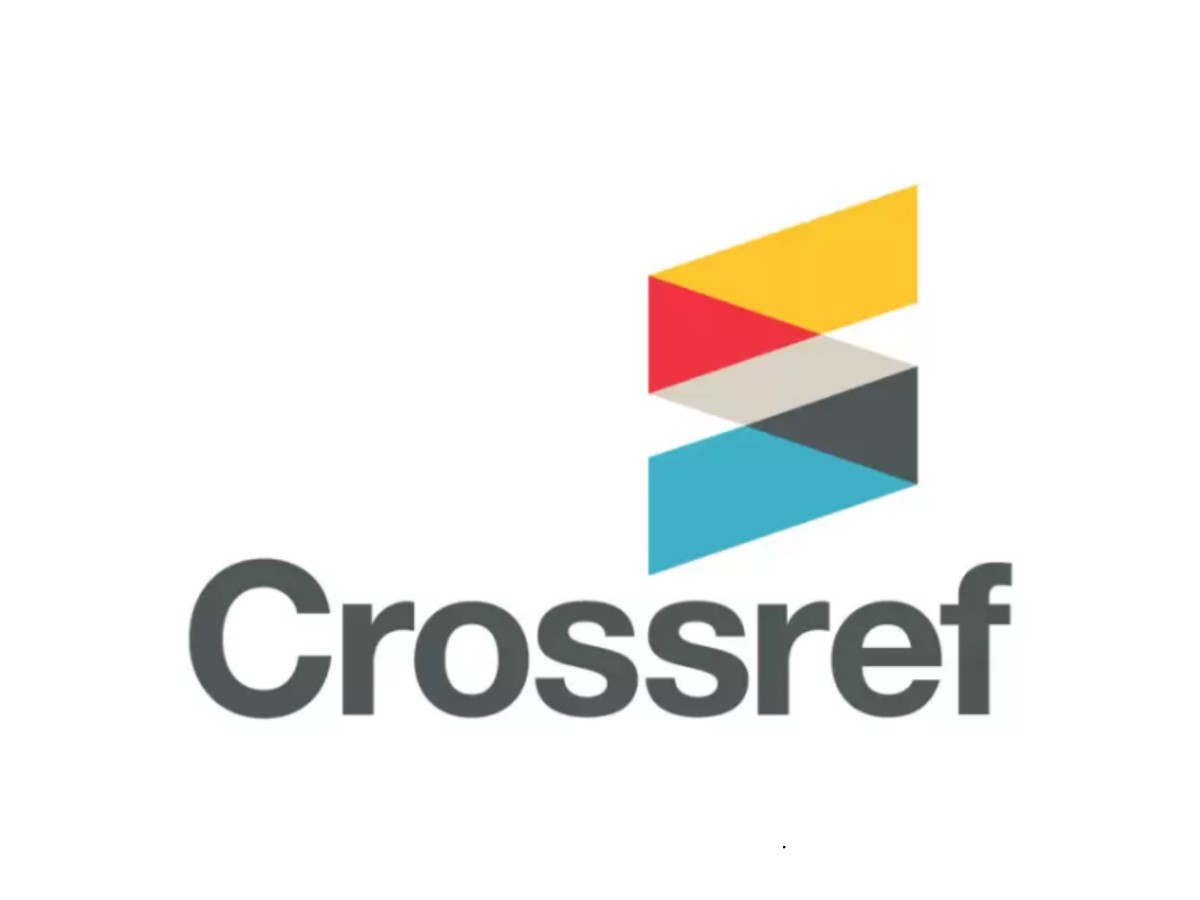PENGARUH TEMPERATUR DAN KETEBALAN BENDA COR TERHADAP SIFAT MEKANIK PADA PROSES PENGECORAN ALUMUNIUM
Keywords:
Temperature, Casting, thickness and mechanical propertiesAbstract
Casting process in small industries were using plain technology and recycled non-ferrous materials (such as aluminum, brass and copper). Casting was done by using sand mold casting and the casting systems were used kerosene furnace. The main constraint of such technology is that it is impossible to do diversification of products which have high sales value like souvenir products. These products are generally in form of sheets in various types of souvenirs which hardly be produced with existing casting technology. Material development will be determined the structure and properties of the optimum materials. The composition of aluminum alloy are 84.4% Al, 0.357% Ni, 2.74% Fe, 2.42% Cu, 0.179% Mn, 1.99% Zn, Sn 0.066%, 0.0704% Pb, 0061% Ti, and 0.066 Bi, where the influence of rising temperature causes the percentage of Mn, Zn, Mn, Mg Pb, Sn and Ti to decreased as a result of the evaporation process. Surface hardness decreased due to the increase in temperature, while the surface thickness has no effect. The highest surface hardness found in 3 mm of cast thickness with temperature 650oC and 86.58 HBN. The endurance to impact loads is 3,36 Nm in 10 mm of thickness and temperature 750oC.
Downloads
References
2. Alexander O.W, 1996, â€Dasar Metallurgy Untuk Rekayasawan,†Gramedia Pustaka Utama, Jakarta.
3. Asspiyansyah, Suyitno. 2009., â€Pengaruh Parameter Proses Pengecoran Squeeze (temperatur tuang dan temperatur cetakan) terhadap Struktur Mikro dan Kekerasan pada benda tipis Al-3,22%Siâ€, Prosiding Seminar nasional Perkembangan Riset dan Teknologi ke 15 di Yogjakarta.
4. Bambang Indrayadi, 2003, â€Pengaruh bentuk riser terhadap cacat permukaan coran aluminium cetak pasirâ€, Jurnal Teknologi Politek, Politeknik Malang.
5. Charles A Harfer, 2002, â€Hand Book of Material for product Desianâ€, Mc Graw Hill, New York.
6. Surdia T, 2000., â€Teknik Pengecoran Logam,†Edisi 8, PT.Pradnya Paramita, Jakarta.
7. Taufikurrahman, Suparjo, Delvis, 2007.,â€Investigasi Pengaruh Cetakan Terhadap Sifat Mekanik Paduan Aluminiumâ€, Jurnal Poros, Univ. Tarumanegara, Jakarta.
8. _______, “ Metal Handbook 2005â€, Ninth Edition Vol.15: Casting, ASM,.
Downloads
Published
How to Cite
Issue
Section
License
The Authors submitting a manuscript do so on the understanding that if accepted for publication, Authors retain copyright and grant the AUSTENIT right of first publication with the work simultaneously licensed under a Creative Commons Attribution-ShareAlike License that allows others to share the work with an acknowledgment of the work's authorship and initial publication in this journal.
AUSTENIT, the Editors and the Advisory International Editorial Board make every effort to ensure that no wrong or misleading data, opinions or statements be published in the journal. In any way, the contents of the articles and advertisements published in AUSTENIT are the sole responsibility of their respective authors and advertisers.















